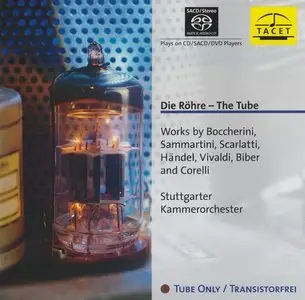Rush - 2112 (1976) (2015 Remaster 40th Anniversary) [Official Digital Download 24bit/192kHz]
FLAC 24bit/192kHz (tracks) | Cover Only | 1.32 GB | 38:57 minutes
Progressive Rock, Hard Rock | Studio Master, Official Digital Download | Hosted On: NirtoFlare & Oboom
FLAC 24bit/192kHz (tracks) | Cover Only | 1.32 GB | 38:57 minutes
Progressive Rock, Hard Rock | Studio Master, Official Digital Download | Hosted On: NirtoFlare & Oboom
2112 (pronounced "twenty-one twelve") is the fourth studio album by Canadian rock band Rush.


![Rush - 2112 (1976) (2015 Remaster 40th Anniversary) [Official Digital Download 24bit/192kHz]](https://pixhost.icu/avaxhome/f6/d1/0033d1f6_medium.jpeg)
